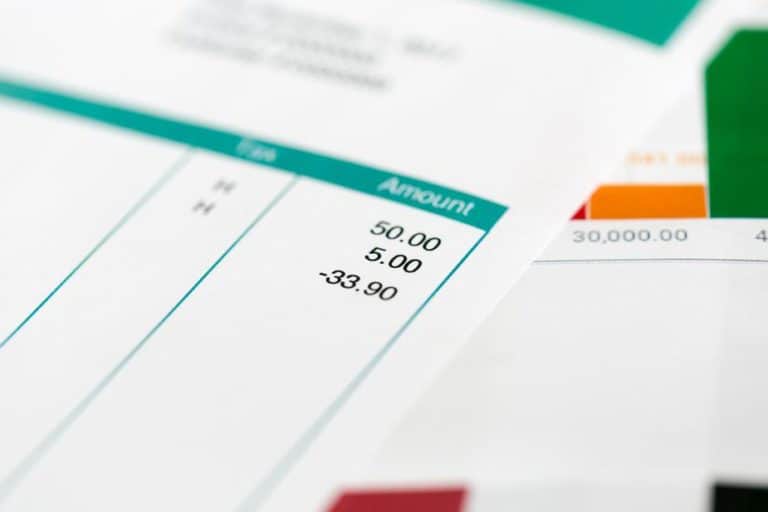Consumer debt is a widespread issue here in the U.S. Last year, Americans owed over $2 trillion in student loans and credit card debt! The problem is that living with high-interest debt is crippling, and many people just don’t know where to start to pay it down. Whether you took on student loans to get through school or swiped your credit card a few too many times, you’re not alone, and you can work through it. Let’s get started on paying down your debt!
1) Get to know your debt situation.

First, confront your debt burden on paper. Grab a journal, and write down every piece of debt you owe, your minimum monthly payment, and the interest rate. It’s totally normal to feel overwhelmed and burdened as you come to terms with your finances. Channel that energy into resolve, and motivate yourself to pay it down. You’ve got this!
2) Decide how to tackle your debt paydown.

Now that you have your debts organized, you need to decide the order in which to pay them down. You have a couple of options here. First, you can pay them off in order of highest interest rate to lowest interest rate. This is an efficient approach because it allows you to eliminate the burden of a higher rate first. Second, you can use the “snowball” method and work your way from smaller debts to larger debts, regardless of interest rate. Our brains are wired to celebrate small successes. If you put an early win on the board, you’ll gain momentum to continue tackling your debt. Choose whichever approach works best for you!
3) Trim your budget.

You should now have a thorough understanding of your debt load and have a plan to tackle it. The next step is setting a budget that allows you to succeed. I like to use the 50/20/30 budget as a guide: 50% of your monthly after-tax income goes toward living expenses; 20% is for financial goals like paying down debt; 30% is reserved for discretionary purchases that make you happy. Keep in mind that this budget template is a directional and proportional guide, not a strict rule. It’s designed to allow you to save money, pay down debt, and still enjoy the little things along the way.
Related Post: STOP MAKING THESE THREE MONEY MISTAKES





